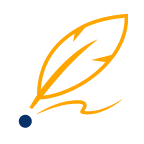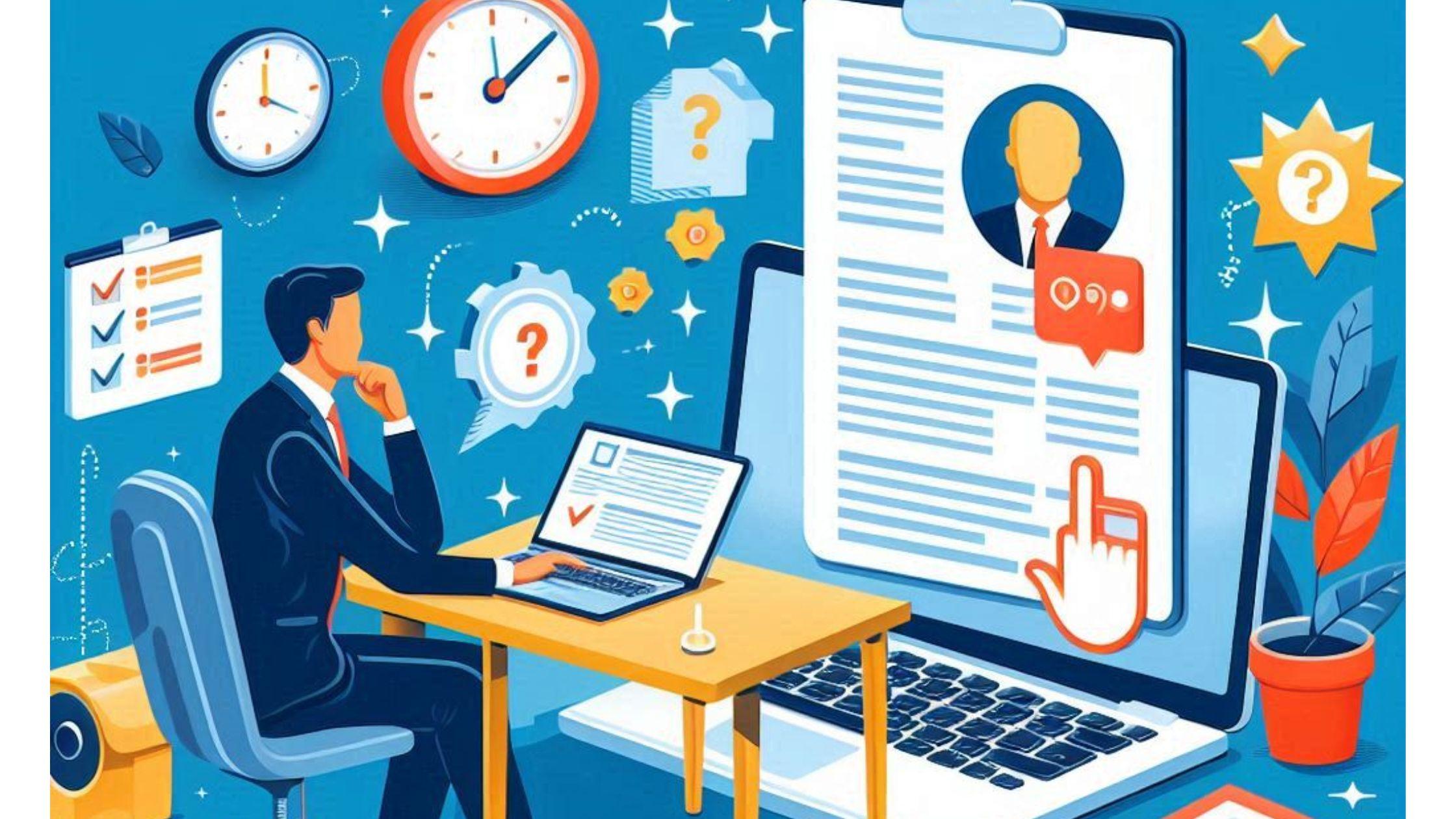
In today’s competitive job market, interview preparation is crucial for securing the role you’ve been aiming for. Proper preparation helps you present yourself as the perfect fit for a job, leaving a lasting impression on hiring managers. But what exactly are employers looking for during interviews? This blog post reveals the secrets behind interview preparation that can help you understand what employers really want to see, allowing you to strategically position yourself as the ideal candidate.
Understanding Employer Expectations
To succeed in an interview, you must first understand what the employer expects from candidates. Employers are not just looking for qualifications and experience; they are seeking individuals who align with their company culture and values.
-
Researching the Company and Its Culture
Before stepping into the interview, it’s essential to research the company thoroughly. Understand its mission, values, and culture. Employers appreciate candidates who take the time to learn about their organization and demonstrate how they can contribute to its goals. Browse the company’s website, read their recent news, and even check employee reviews to get a comprehensive picture.
-
Identifying the Skills and Qualifications Required for the Position
Every job posting outlines specific qualifications and skills that are critical for the role. Study the job description in detail and identify the core competencies that the employer is focusing on. Prepare examples that demonstrate how your skills align with these requirements and be ready to discuss them confidently during the interview.
-
Recognizing the Significance of Soft Skills and Cultural Fit
Technical skills may get you through the initial screening, but soft skills and cultural fit often determine whether you secure the position. Employers want team players with strong communication, problem-solving, and adaptability skills. Additionally, aligning your values with the company’s culture signals that you are likely to thrive in their environment.
Crafting a Compelling Personal Narrative
One of the most powerful tools in interview preparation is crafting a personal narrative that showcases your journey, skills, and fit for the role.
-
Developing a Clear and Concise Professional Story
Your professional story should provide a coherent narrative that ties together your experiences, accomplishments, and career goals. It’s essential to present yourself in a way that connects the dots between where you’ve been and where you’re headed, making it clear why this particular role is the logical next step.
-
Highlighting Relevant Experiences and Achievements
Rather than reciting your resume, focus on discussing experiences that directly relate to the job at hand. Highlight key achievements that showcase your value. Employers are interested in how your past performance can translate into future contributions for their organization.
-
Tailoring Responses to Align with the Job Description
Generic responses won’t stand out. Tailor your answers to align closely with the job description. Show the employer that you’ve put thought into how your skills and experiences can address their needs and drive their objectives forward.
Mastering Common Interview Questions
Interview preparation isn’t complete without practicing answers to common interview questions. Being well-prepared allows you to respond confidently and maintain control over your narrative. Below are a few examples of best answers using the techniques discussed:
-
Preparing for Behavioral and Situational Questions
Behavioral and situational questions are designed to assess how you’ve handled challenges in the past and how you would approach hypothetical scenarios. Employers use these questions to predict your future performance. Use specific examples from your experience to answer these questions effectively.
Example 1: “Tell me about a time when you faced a challenge at work and how you handled it.”
Using the STAR method:
Situation: “In my previous role as a project manager, we were working on a product launch with a very tight deadline. Halfway through the project, our lead developer unexpectedly left the company.”
Task: “My task was to ensure that the project stayed on schedule despite the sudden loss of a key team member.”
Action: “I quickly reassessed the team’s skills and reassigned tasks to distribute the workload more efficiently. I also brought in a contractor to handle the most technical aspects and implemented daily stand-up meetings to track progress closely.”
Result: “Thanks to these adjustments, we delivered the product on time, and it became one of the most successful launches that year, exceeding revenue projections by 20%.”
-
Utilizing the STAR Method for Structured Responses
The STAR method (Situation, Task, Action, Result) is a structured approach that helps you craft clear and impactful responses. Break down each answer into these four components to provide a well-rounded and complete response. The STAR method ensures that you stay focused while delivering compelling answers.
-
Practicing Responses with Mock Interviews or Role-Playing
Practice is key to building confidence. Conduct mock interviews with a friend, mentor, or career coach to simulate real interview scenarios. Role-playing helps you refine your responses, identify areas for improvement, and reduce interview anxiety.
Example 2: “Why do you want to work for our company?”
Best Answer: “I’ve been following your company’s growth and innovations for a while now, especially your recent expansion into AI-driven solutions. Your commitment to staying ahead in the industry aligns with my passion for working in forward-thinking environments. I’m particularly impressed with your emphasis on continuous learning and professional development, which are values I share. I’m excited about the opportunity to bring my skills in data analytics to your team and contribute to projects like the one you recently launched, which integrates AI with customer service.”
Example 3: “Can you give an example of a goal you set and how you achieved it?”
Best Answer: “In my last role as a sales executive, I set a personal goal to increase my quarterly sales by 30%. I began by analyzing my previous sales performance and identifying gaps in my strategy. I noticed that I was not fully leveraging data analytics to target the right prospects. I took a course to improve my skills in this area and started using insights from our CRM to personalize my outreach more effectively. As a result, I exceeded my goal and achieved a 35% increase in sales within the next quarter.”
Example 4: “How do you prioritize your work when you have multiple projects with tight deadlines?”
Best Answer: “When I have several tasks competing for my attention, I first list out all the deadlines and importance of each project. I use a prioritization matrix to categorize them by urgency and impact. For instance, high-impact and urgent tasks are my immediate priority. I also break down larger tasks into smaller milestones and set mini-deadlines to stay on track. Additionally, I communicate regularly with stakeholders to manage expectations and adjust priorities if needed. This method has consistently helped me deliver quality results on time.”
Conclusion
In summary, effective interview preparation revolves around understanding what employers want to see and aligning your approach accordingly. Research the company, craft a compelling personal narrative, and practice answering common interview questions using the STAR method. With thorough preparation, you can enter any interview with confidence, authenticity, and a clear sense of purpose.
Remember, interviews are not just about securing a job offer—they are opportunities to advance your career and grow as a professional. By investing time in preparation, you build the foundation for long-term success and career growth. Approach each interview as a chance to showcase not just what you know, but who you are and how you can add value to the organization.






Leave A Comment